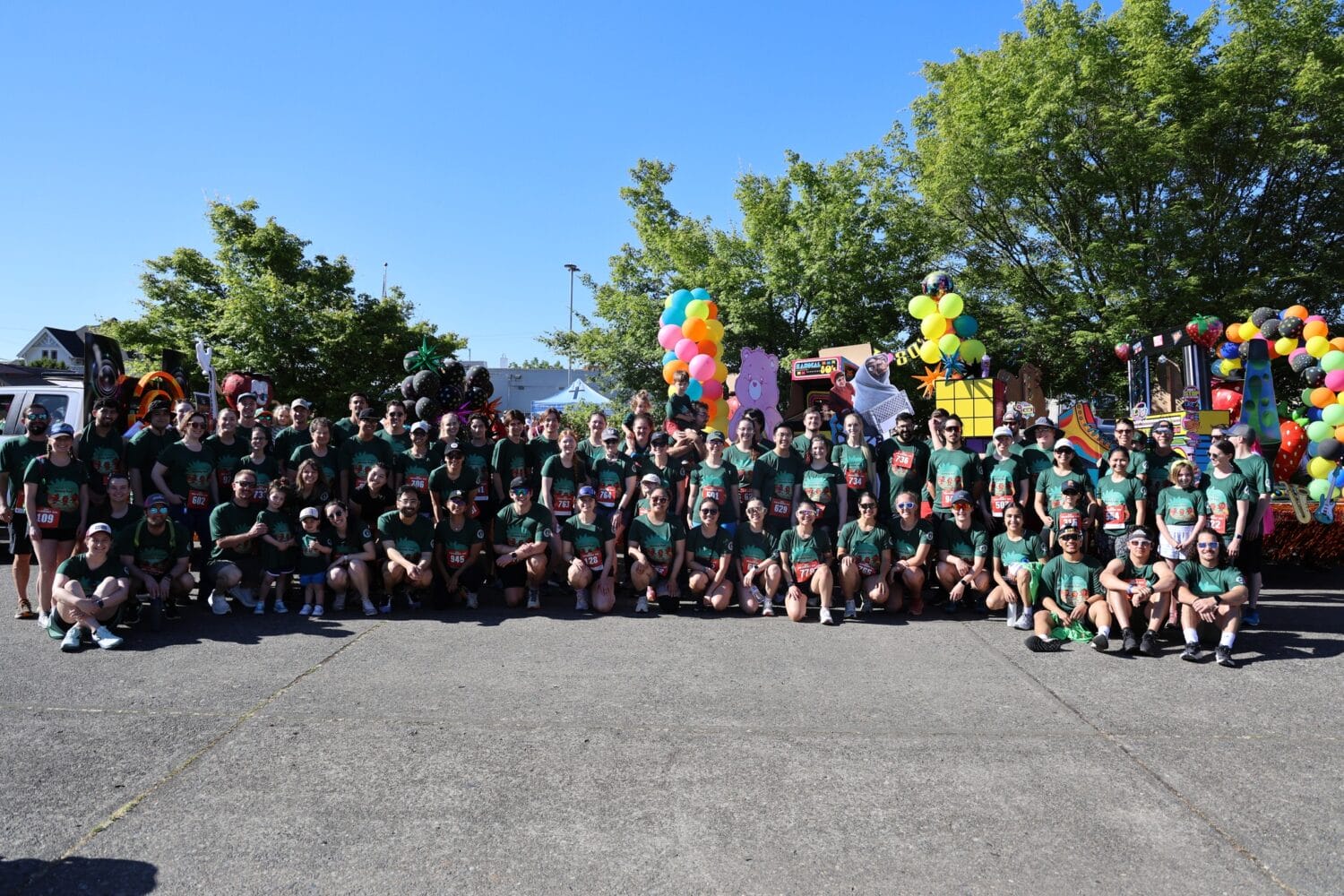Willed body program directors, anatomists visit WesternU

Willed body programs provide future health professionals with their first “patients” and with vital hands-on anatomy lessons. The anatomists and directors who run these programs gathered for the annual Academic Anatomical Consortium meeting Jan. 12, 2017, held for the first time at Western University of Health Sciences.
The consortium brings together directors of the nine willed body programs in California – WesternU, UCLA, USC, Stanford University, Loma Linda University, UC San Diego, UC Davis, UC Irvine and UC San Francisco – along with the University of Nevada, Reno, Oregon Health & Science University and the University of Hawaii. The consortium was formed to foster collaboration and camaraderie among the various willed body programs.
“The body donation programs are here for our communities,” said WesternU Willed Body Program Director Nina McCoy, who organized the consortium meeting. “Since we now have a better understanding of each other’s programs, we can refer cases to each other. If I get a call from someone in Northern California, I can refer them to Davis, San Francisco or Stanford.”
The consortium visited WesternU’s J and K Virtual Reality Learning Center (VRLC) and learned about Osteopathic Manipulative Medicine from College of Osteopathic Medicine of the Pacific (COMP) faculty. The VRLC houses several cutting-edge technologies, including the Oculus Rift, zSpace, and the Anatomage Virtual Dissection Table.
The VRLC serves as an additional tool, but dissection is critical to students’ understanding of anatomy, said Craig Kuehn, PhD, COMP interim chair of anatomy.
“Because this is an osteopathic school, we’re very oriented toward the musculoskeletal system. We present a very detailed musculoskeletal anatomy class, and we’re very committed to anatomy because of this,” Kuehn said. “You can’t be a surgeon unless you go in and actually see everything in the human body.”
Stanford University School of Medicine also utilizes the Anatomage Virtual Dissection Table, as one of its faculty members, Dr. W. Paul Brown, helped develop it. The virtual table is used as a supplement to full body dissection, said Chris Dolph, director of Stanford’s Willed Body Donation Program.
“It’s a tool we use to further the education of anatomy,” he said. “It does not replace dissecting. We emphasize this.”
Coming together with other program directors helps everyone understand how other programs operate.
“Even though we’re all doing the same thing, we’re all quite different in how we embalm, how we take care of specimens, how classes are run,” Dolph said. “It’s just a big learning curve, and it’s really fun to get together and knock around ideas. We all want the same thing. We all want to grow our programs and connect with friends and solve problems.”
Consortium members help each other find solutions, share in successes and talk about common issues, said consortium chair Brandi Schmitt, MS, Executive Director of Anatomical Services, Office of the President – UC Health.
“It really allows us to excel in serving our donors and serving our medical education community in the state,” she said.
Completing anatomy lab studies is a rite of passage for medical students, but “the most important part of the cadaver lab and the dissection experience is learning to treat your first patient, learning compassion and respect, feeling the structures, and being part of the anatomical dissection experience,” Schmitt said. “You can’t replace that.”



